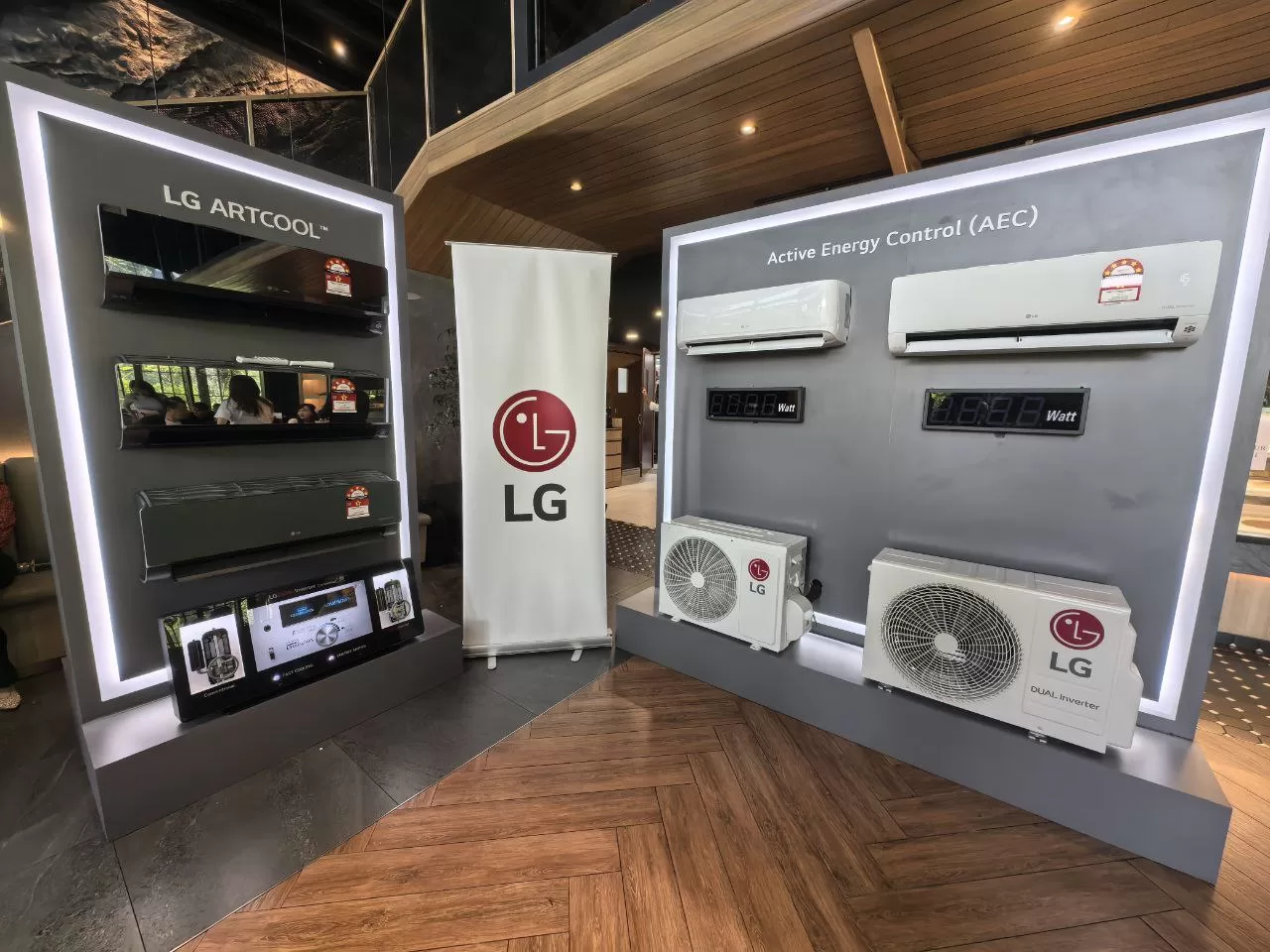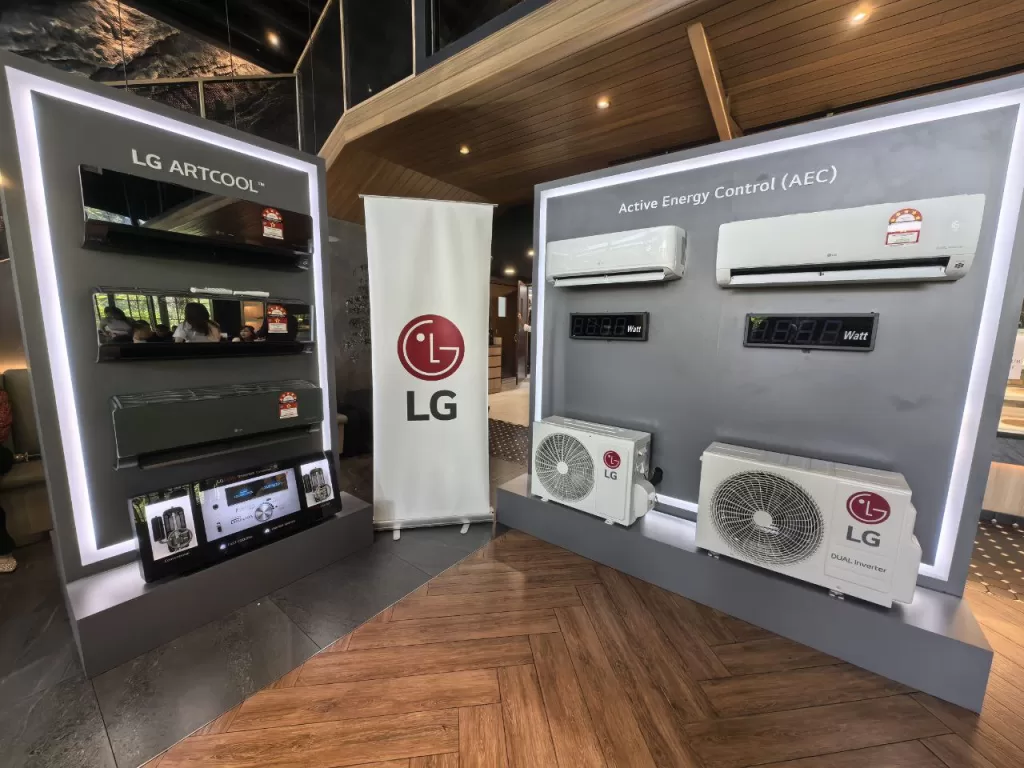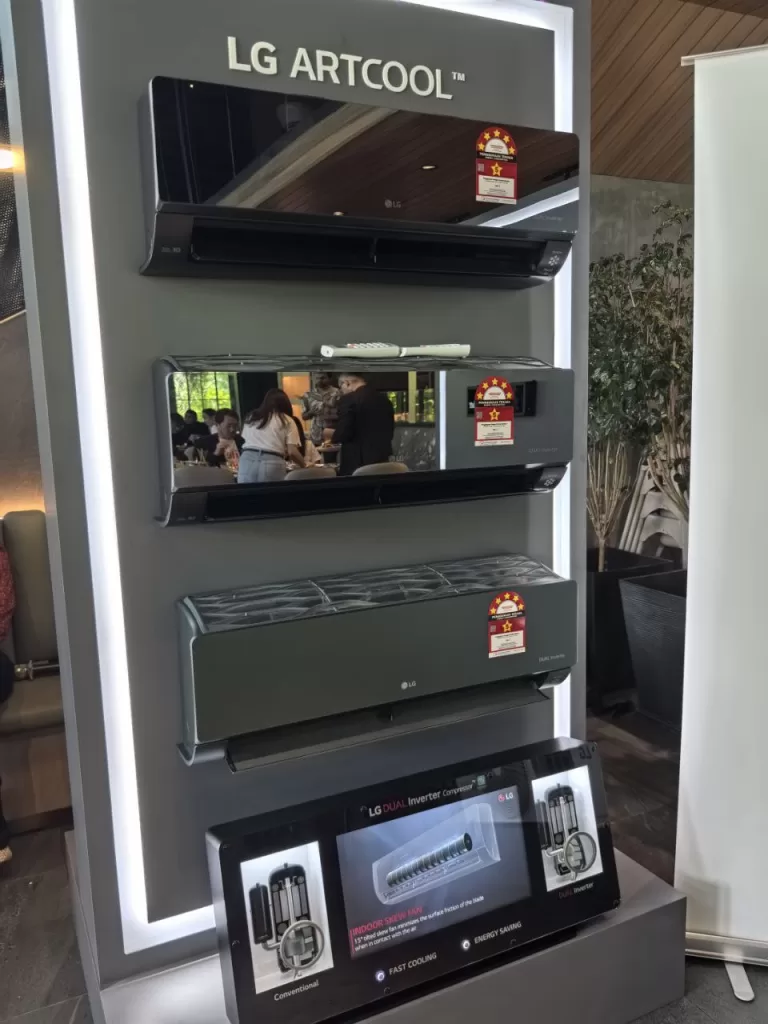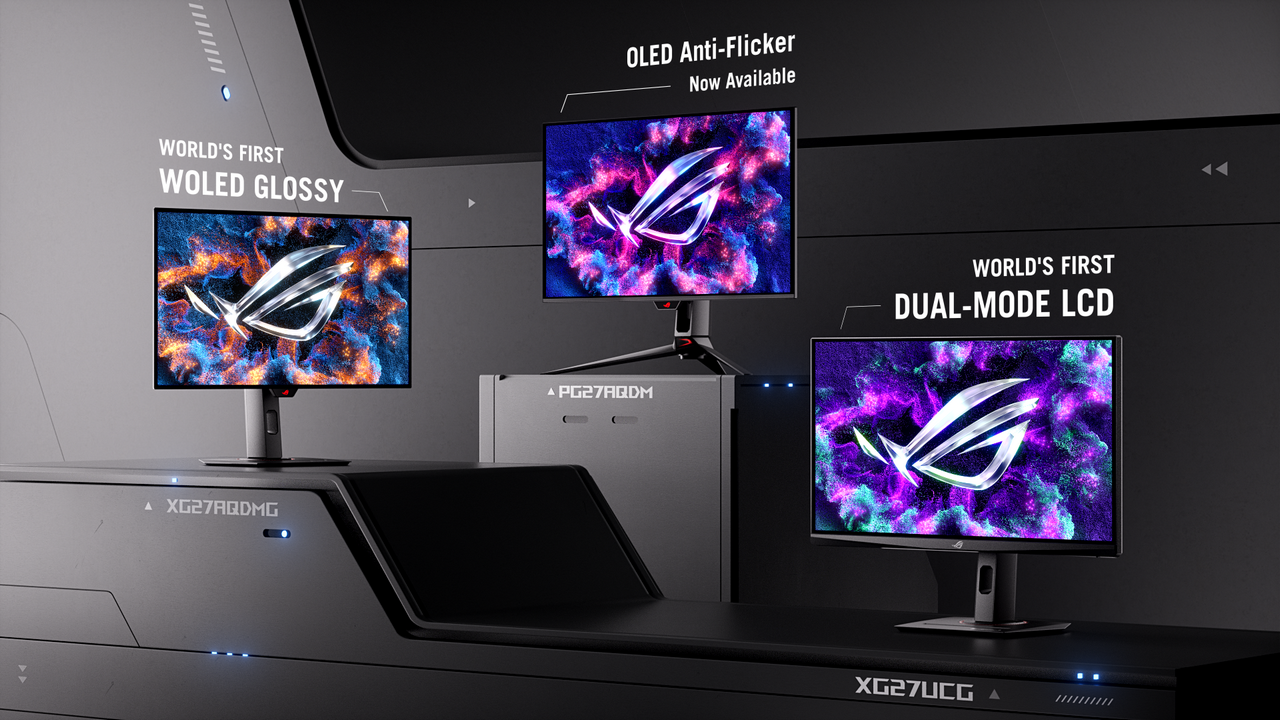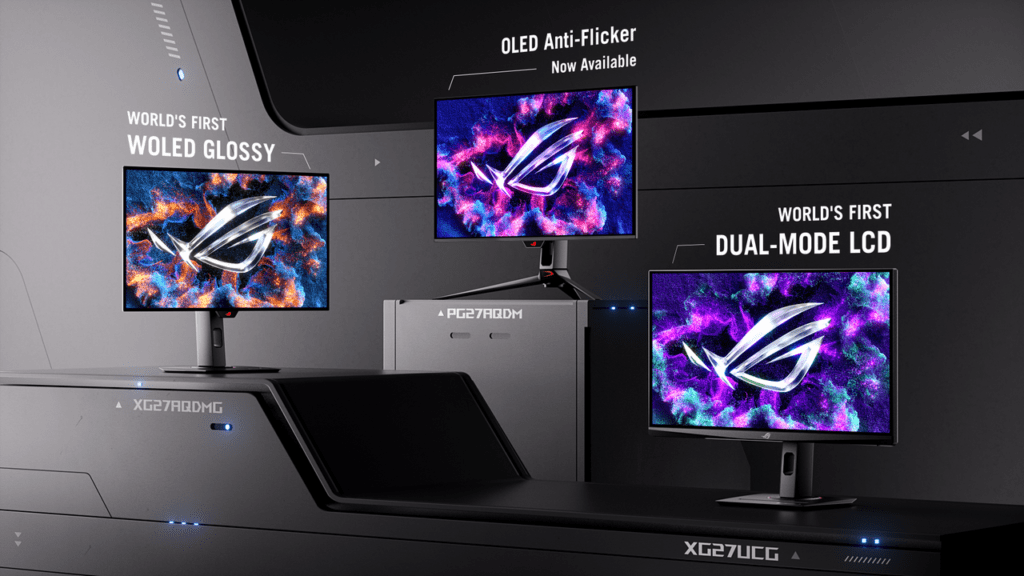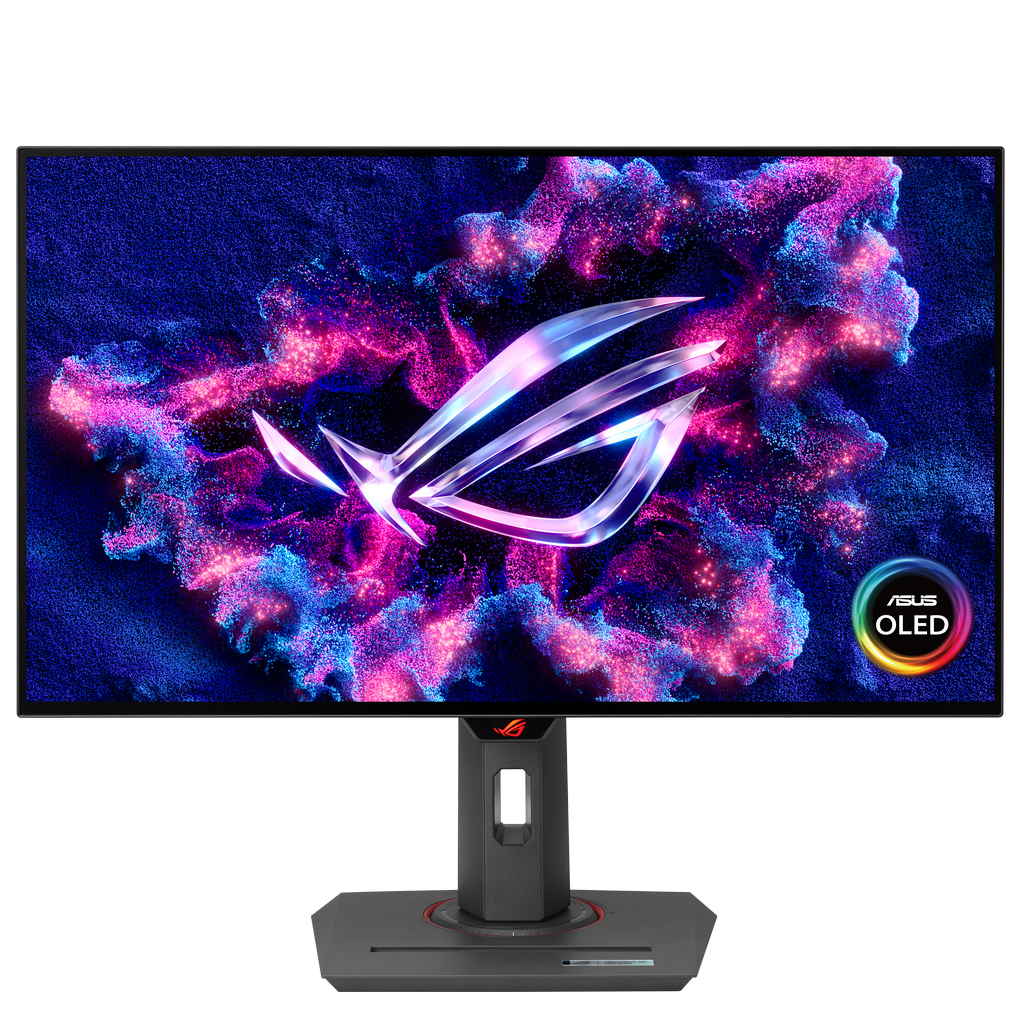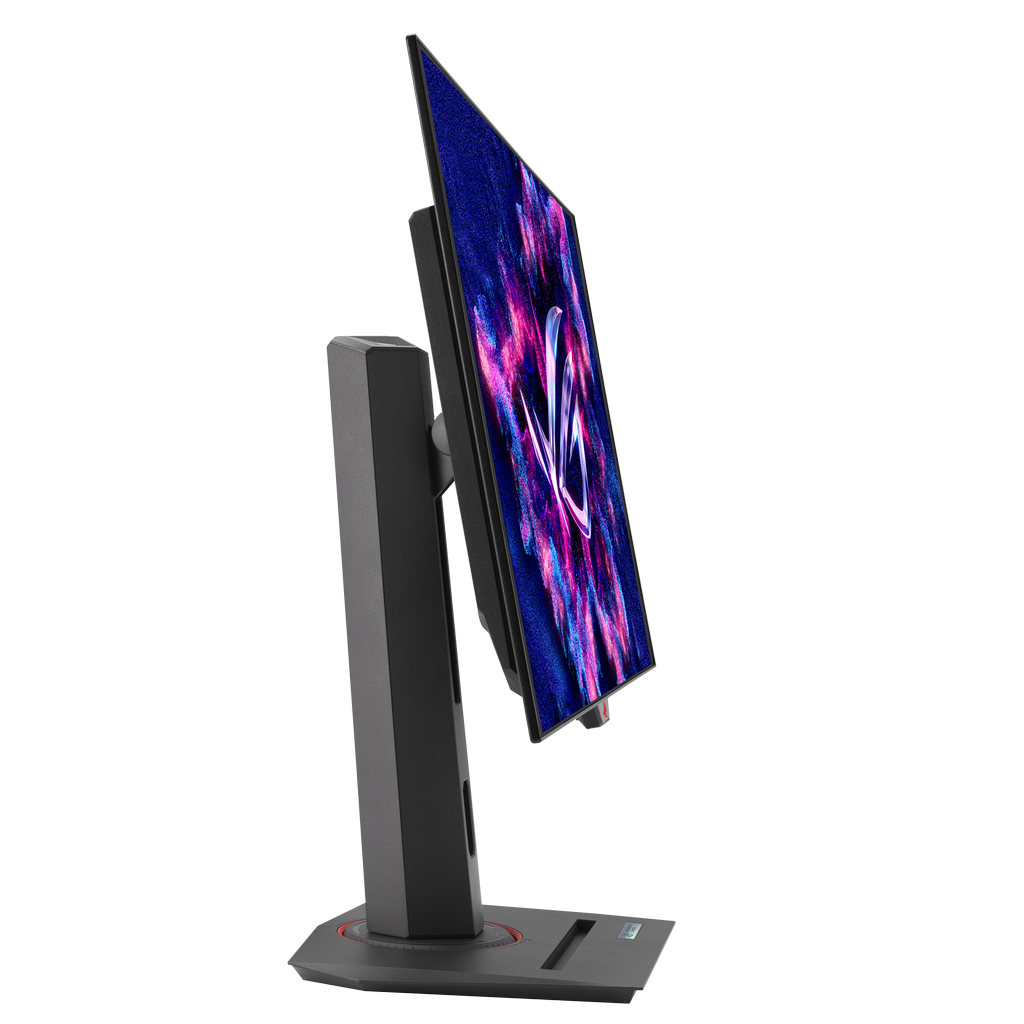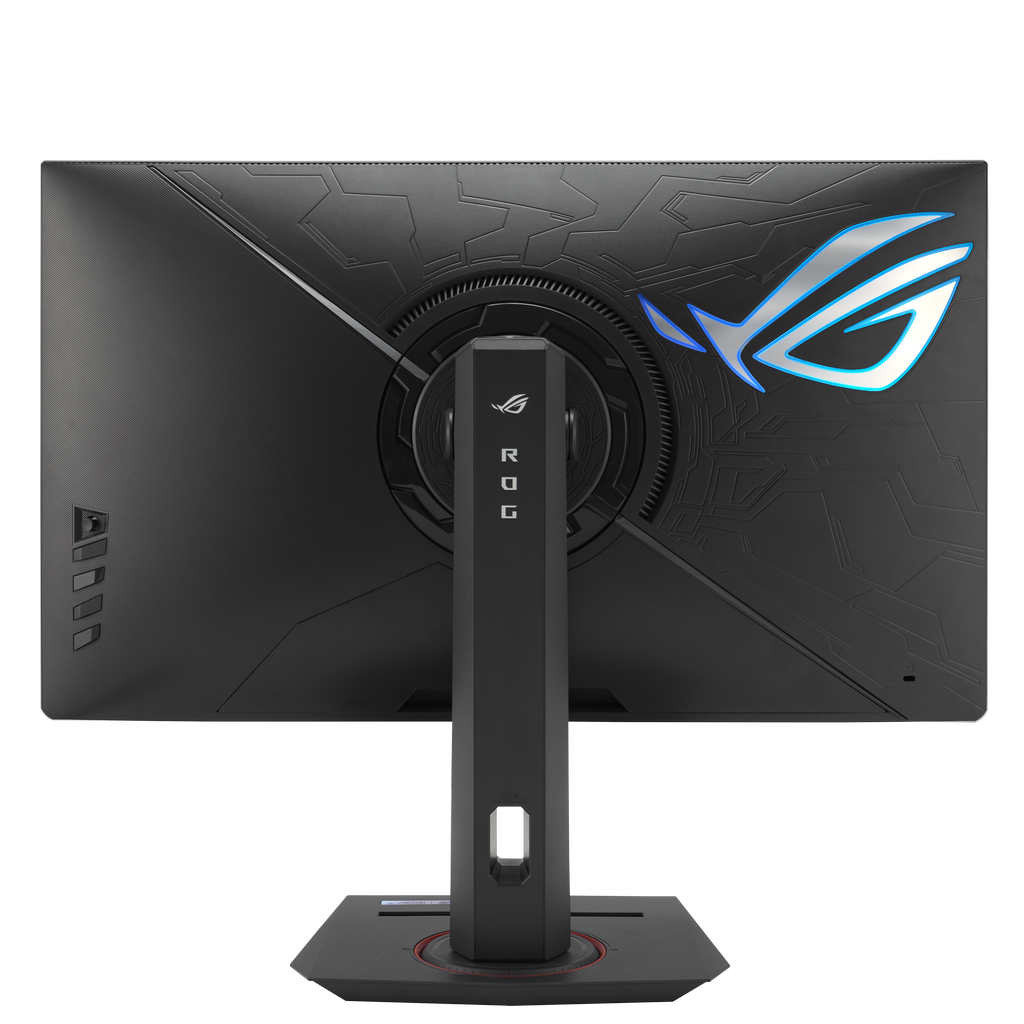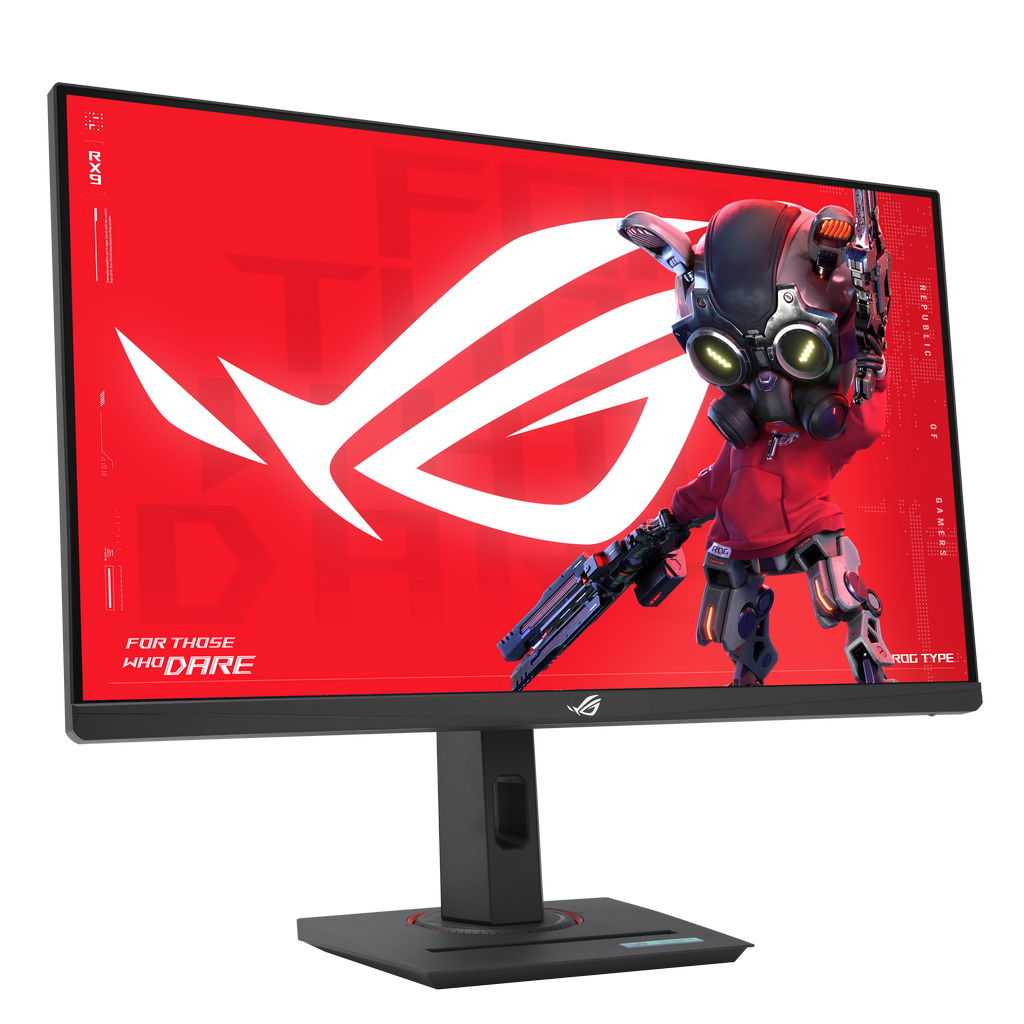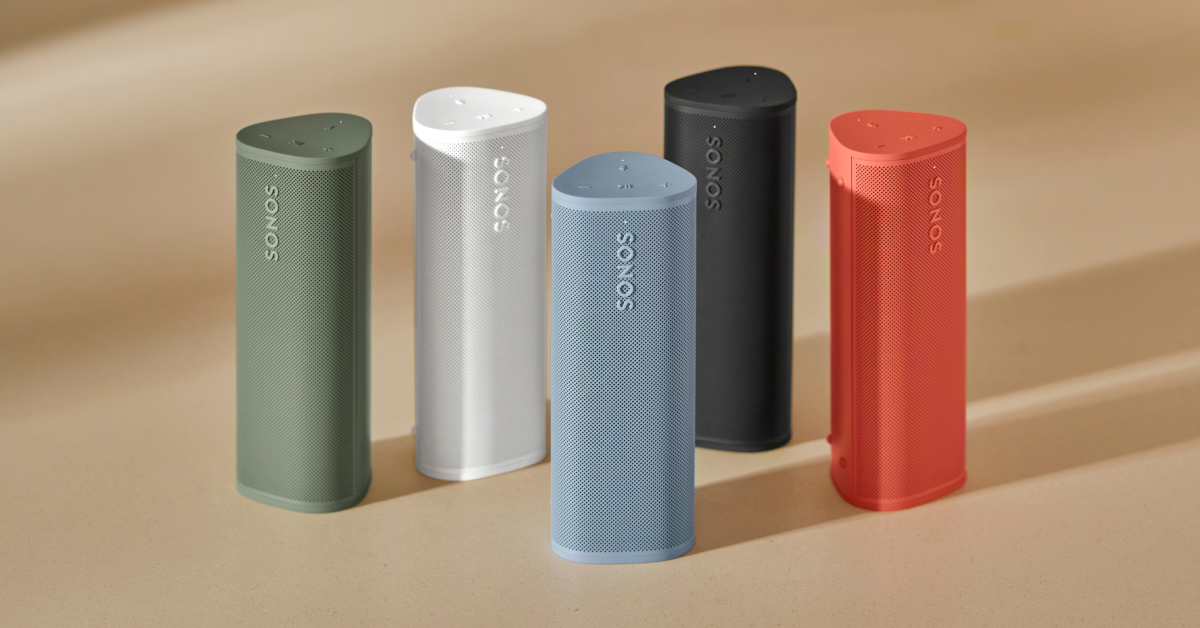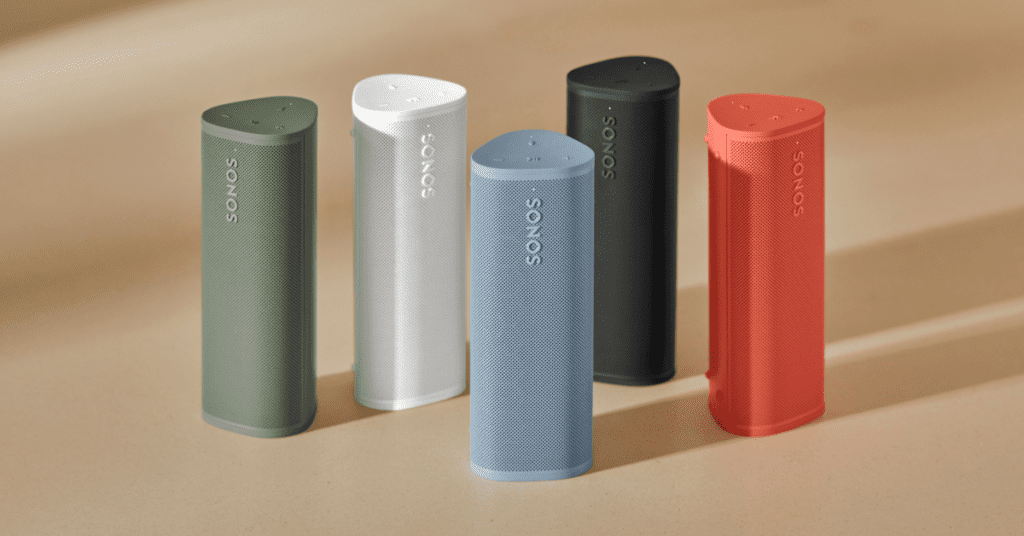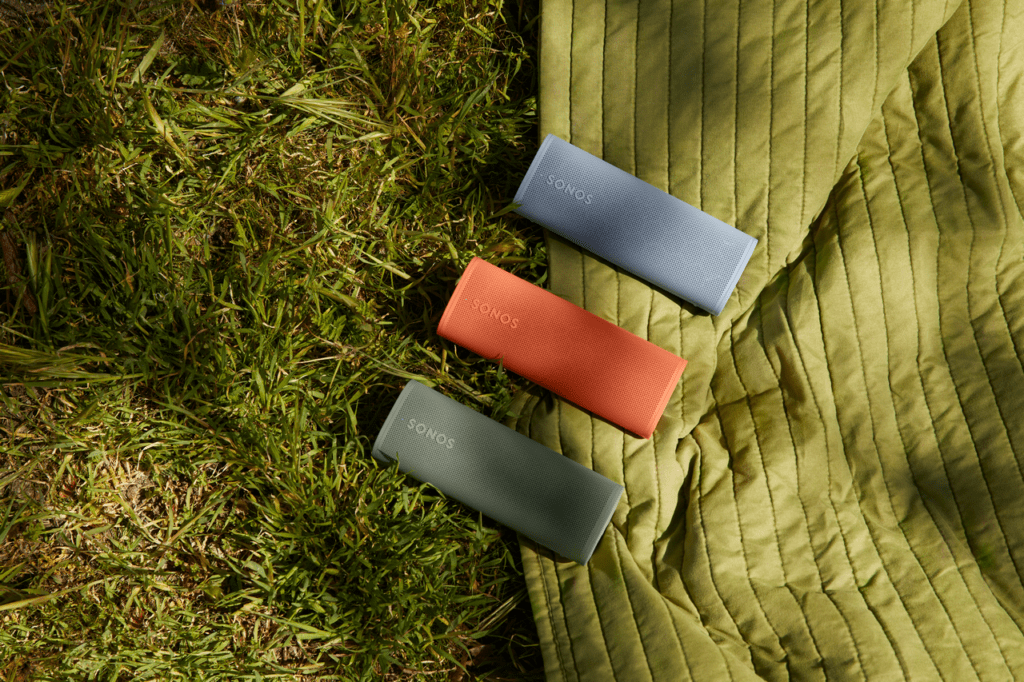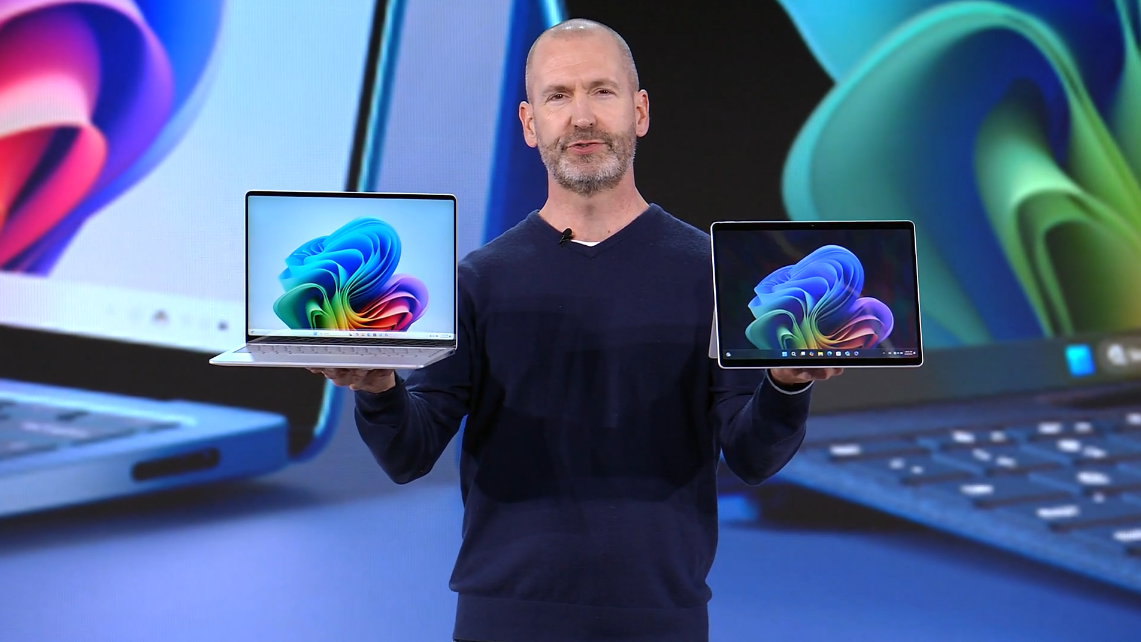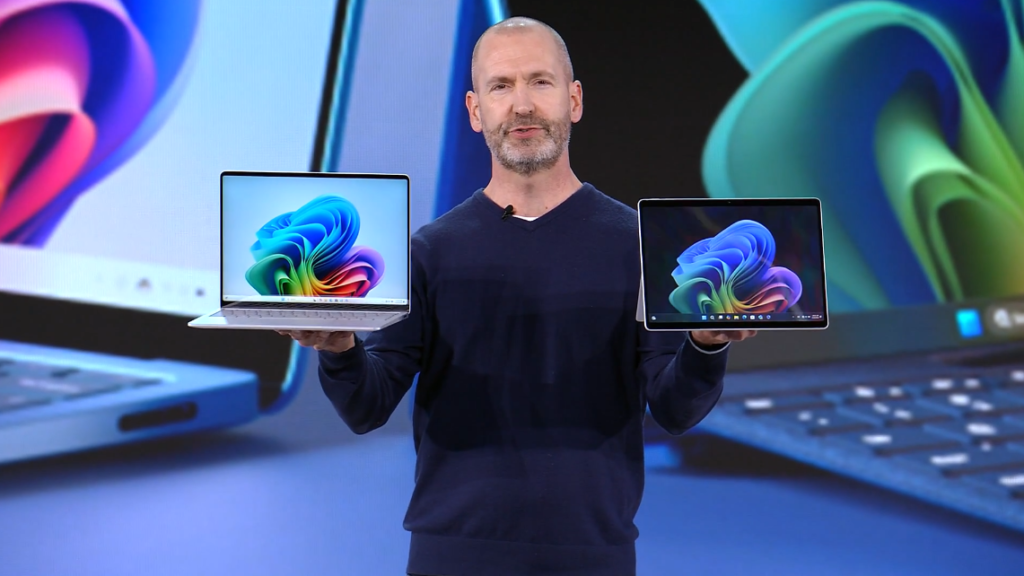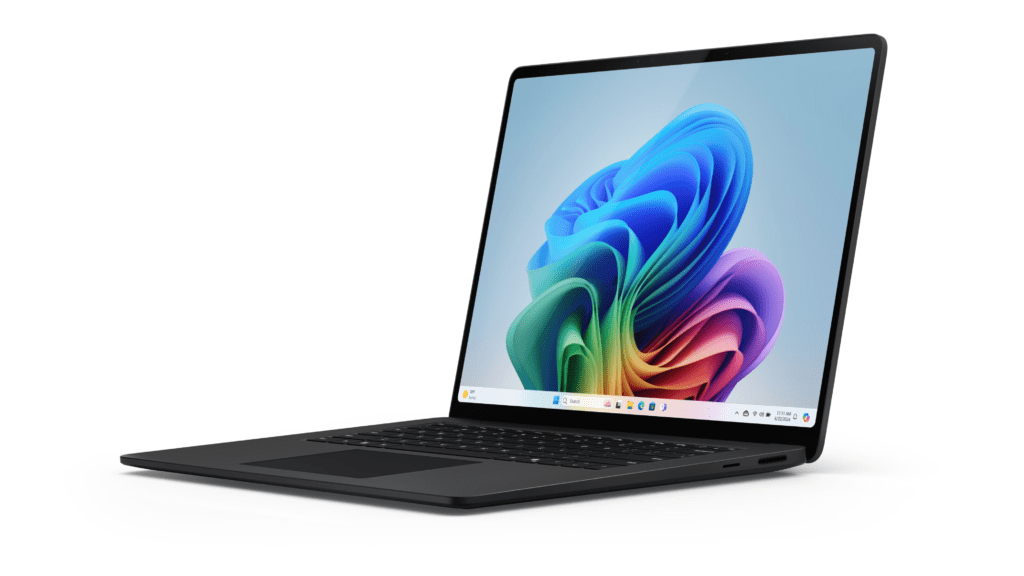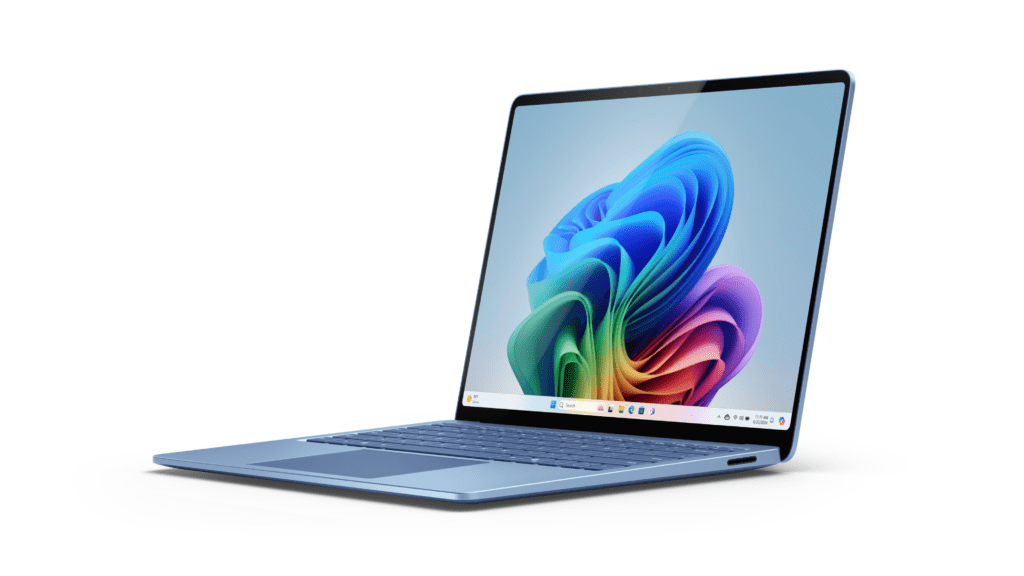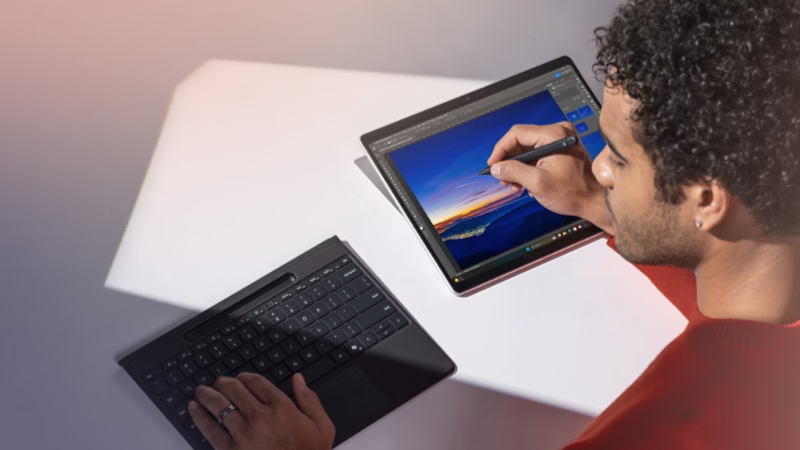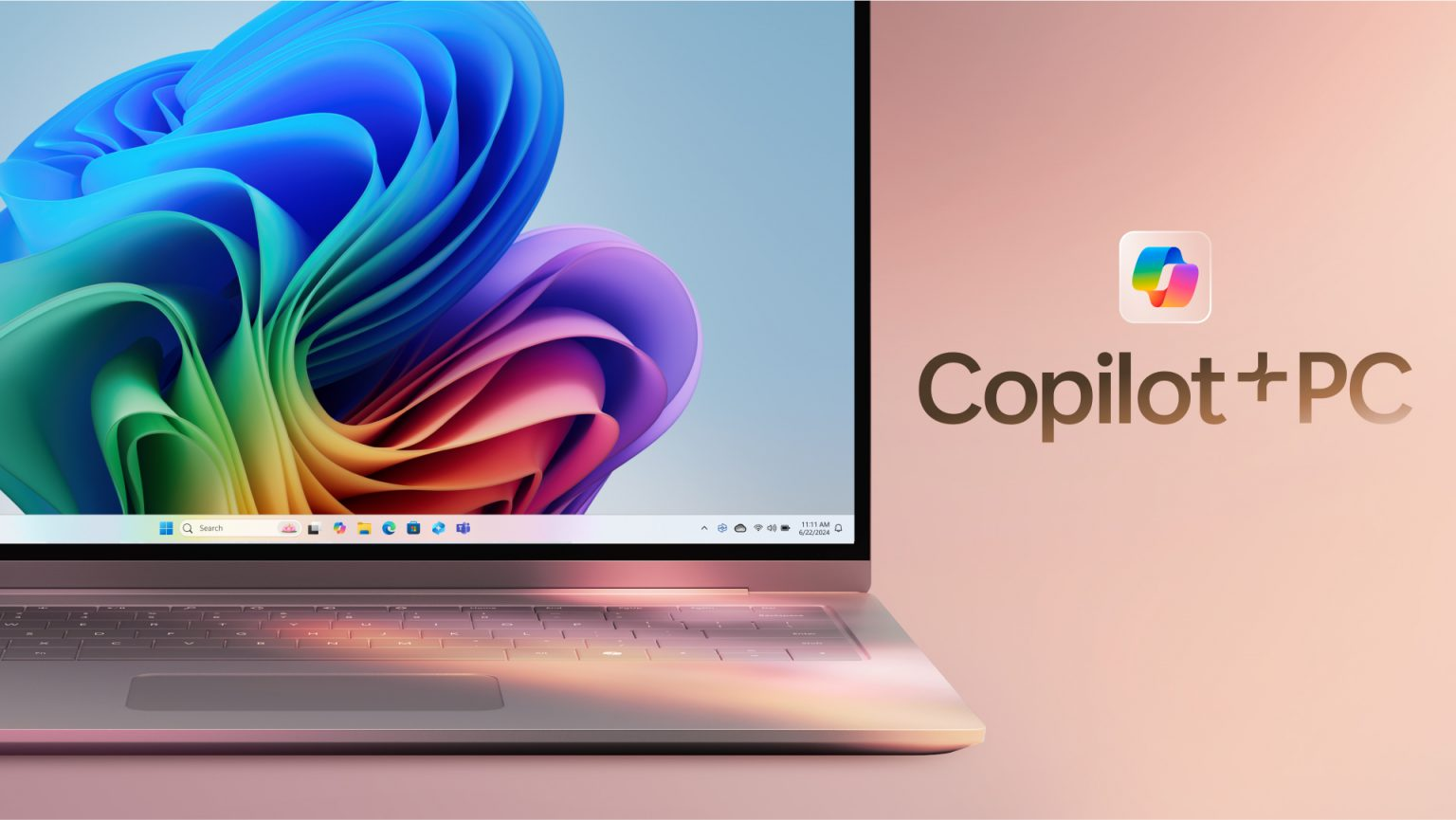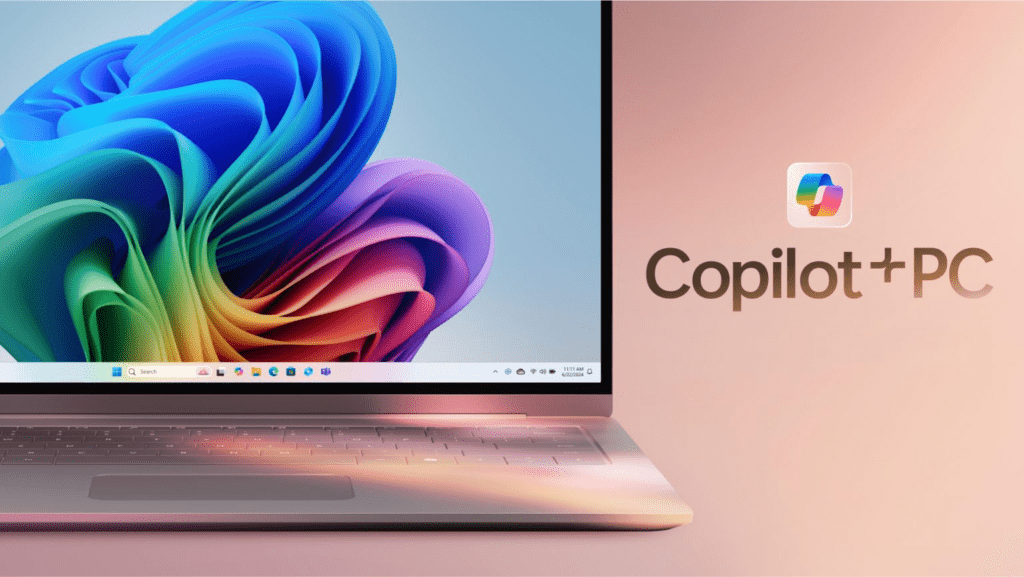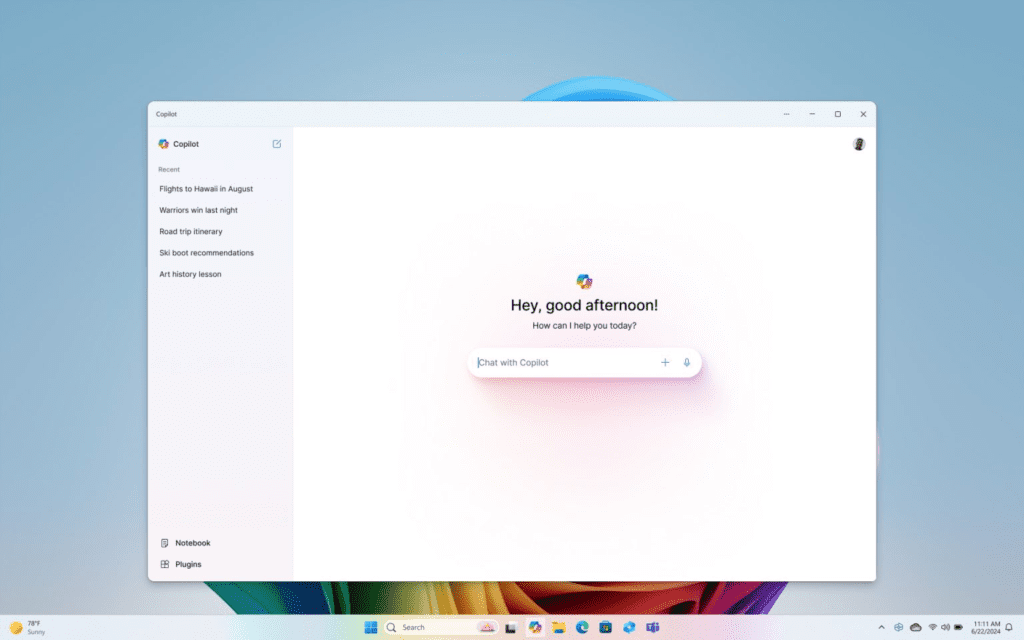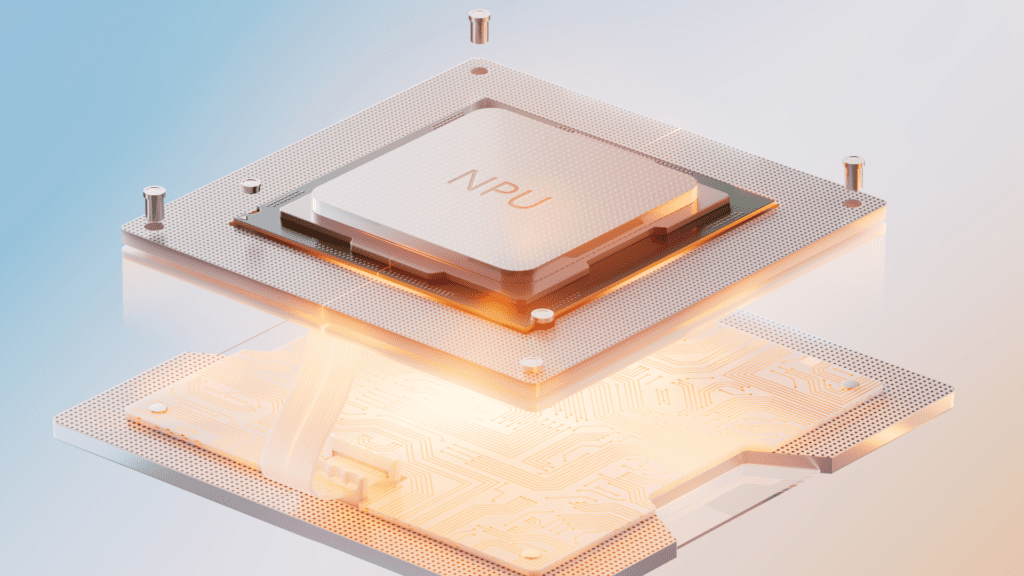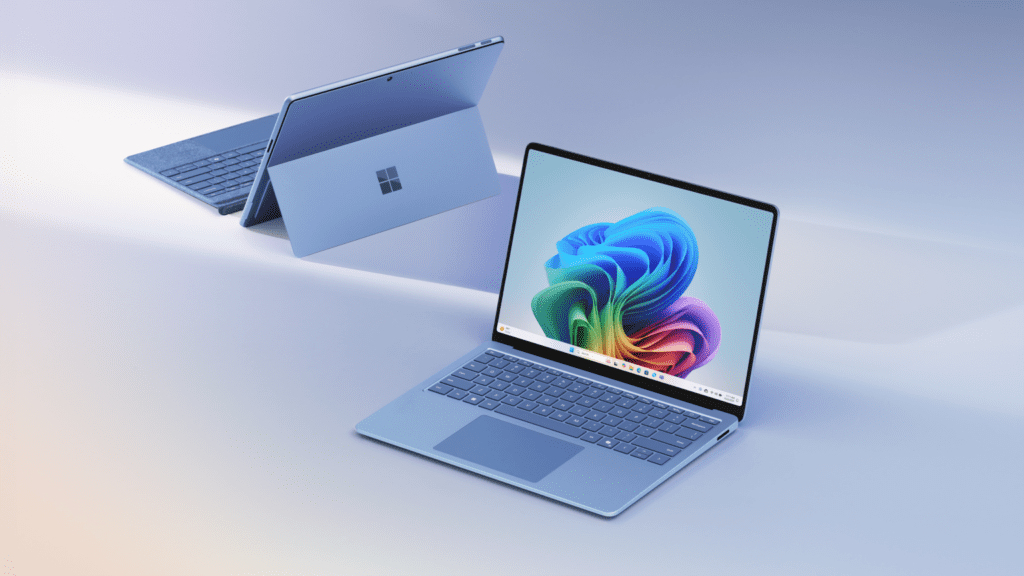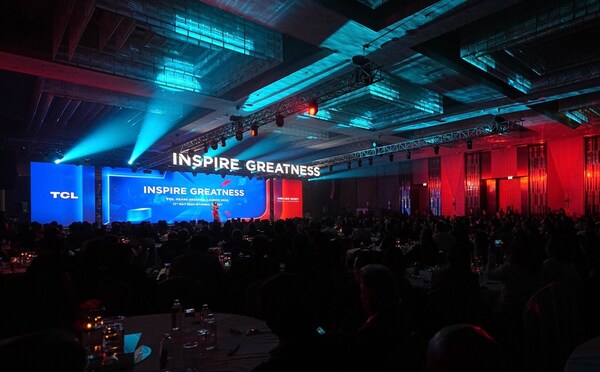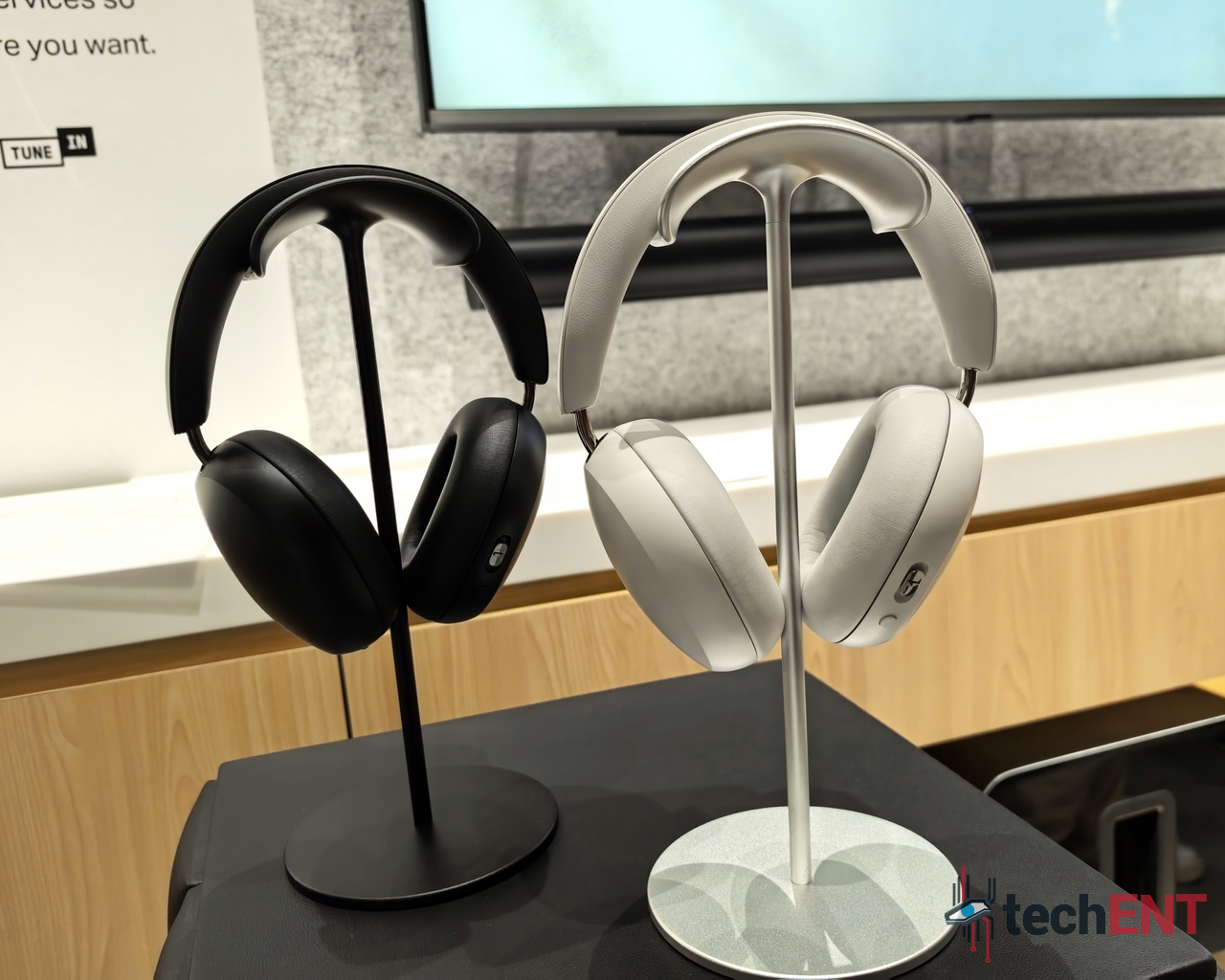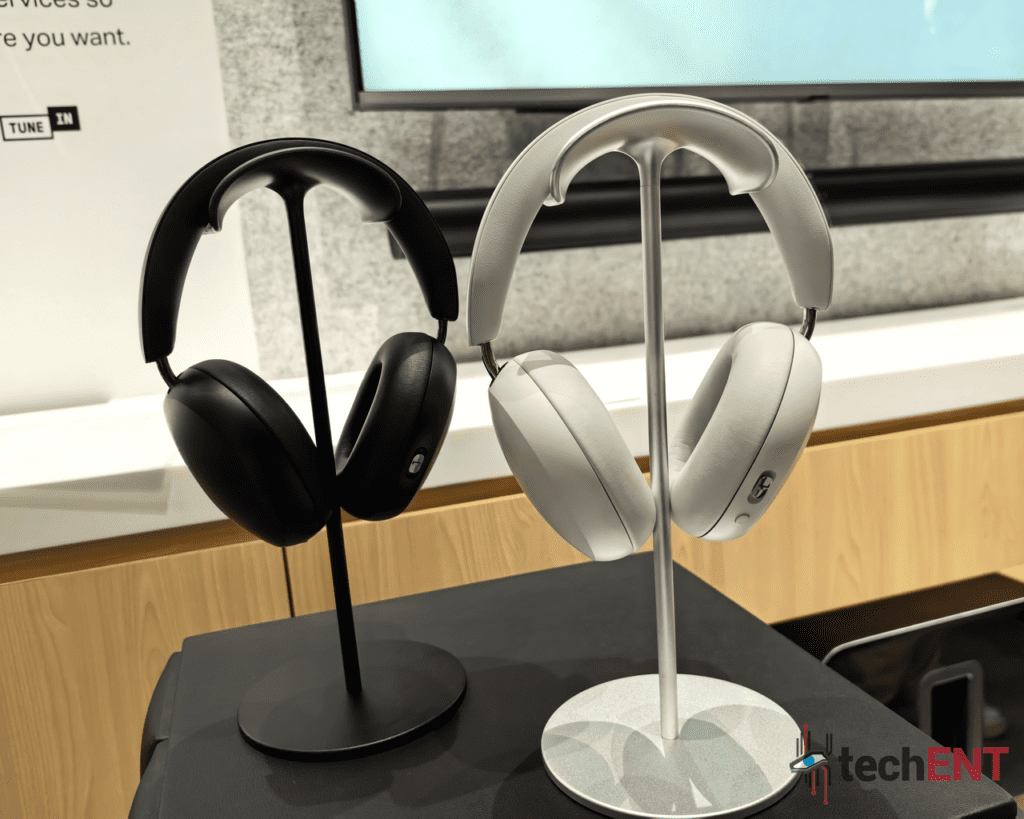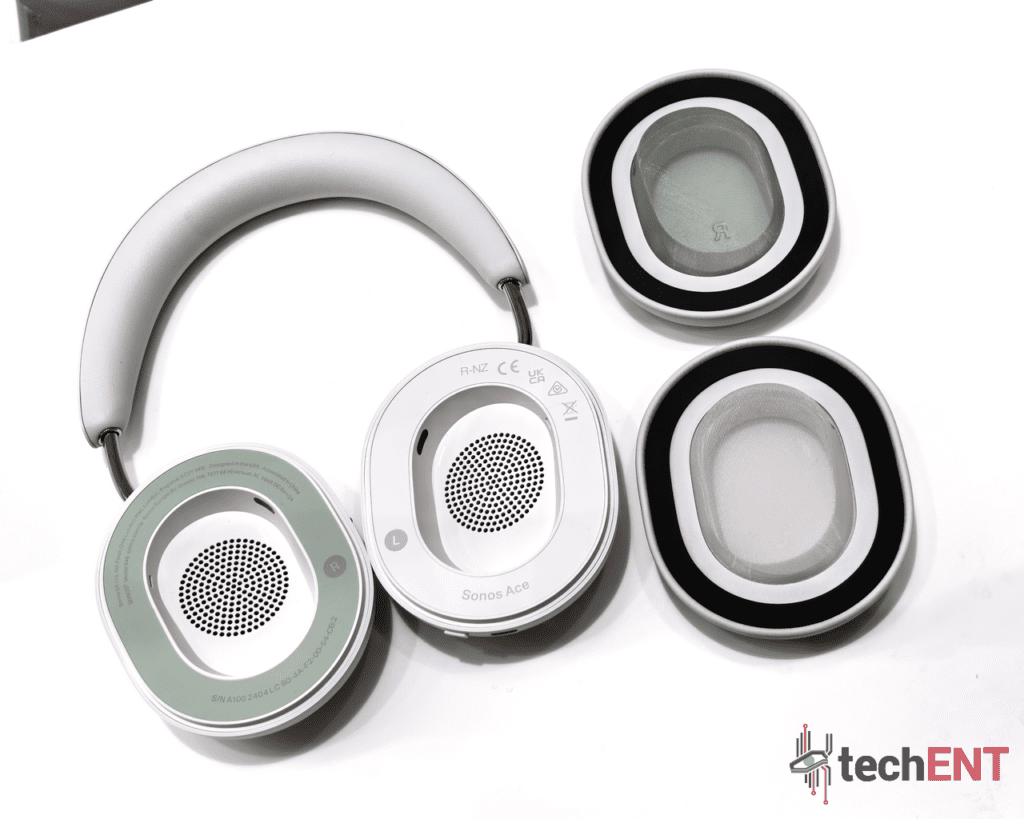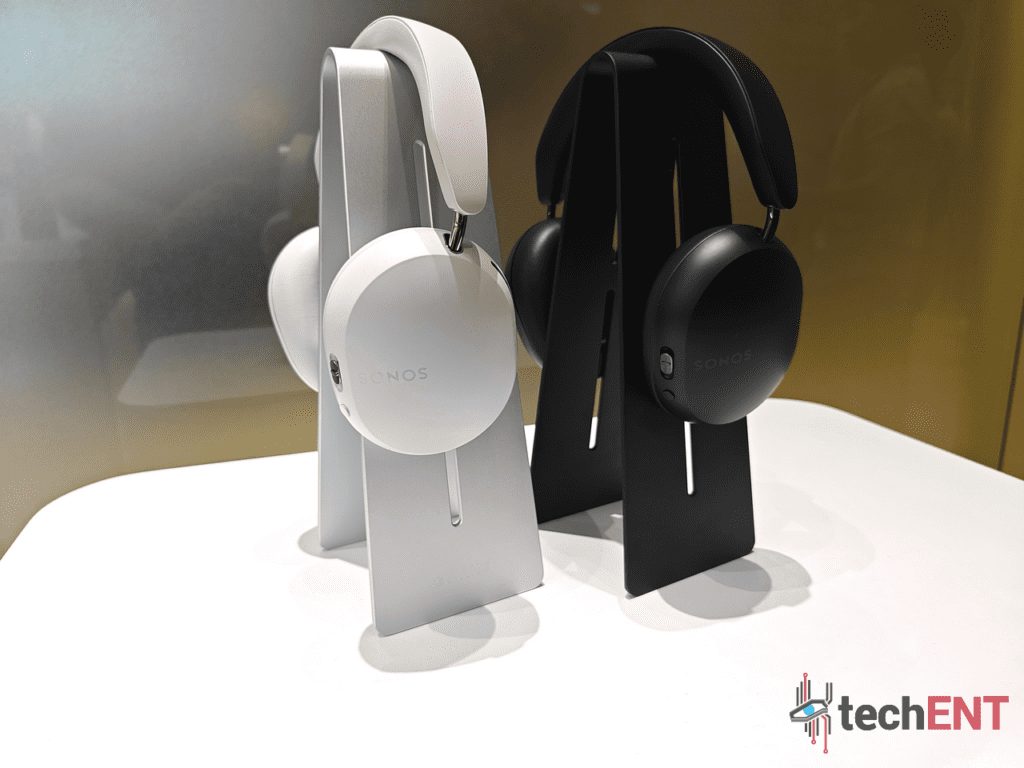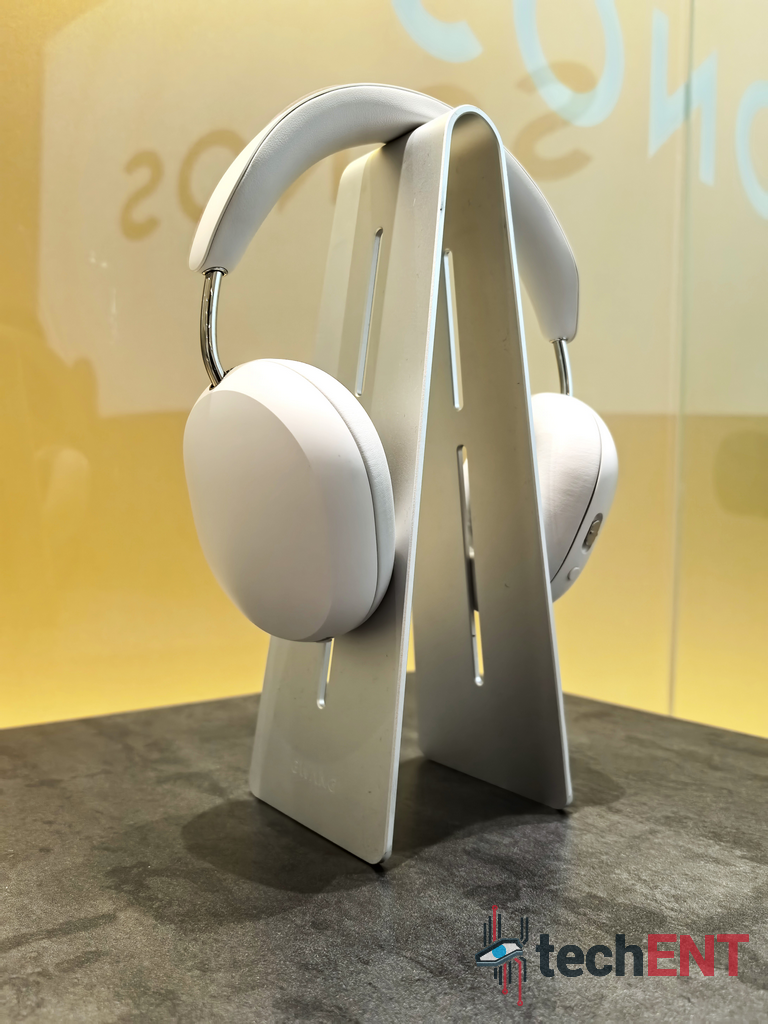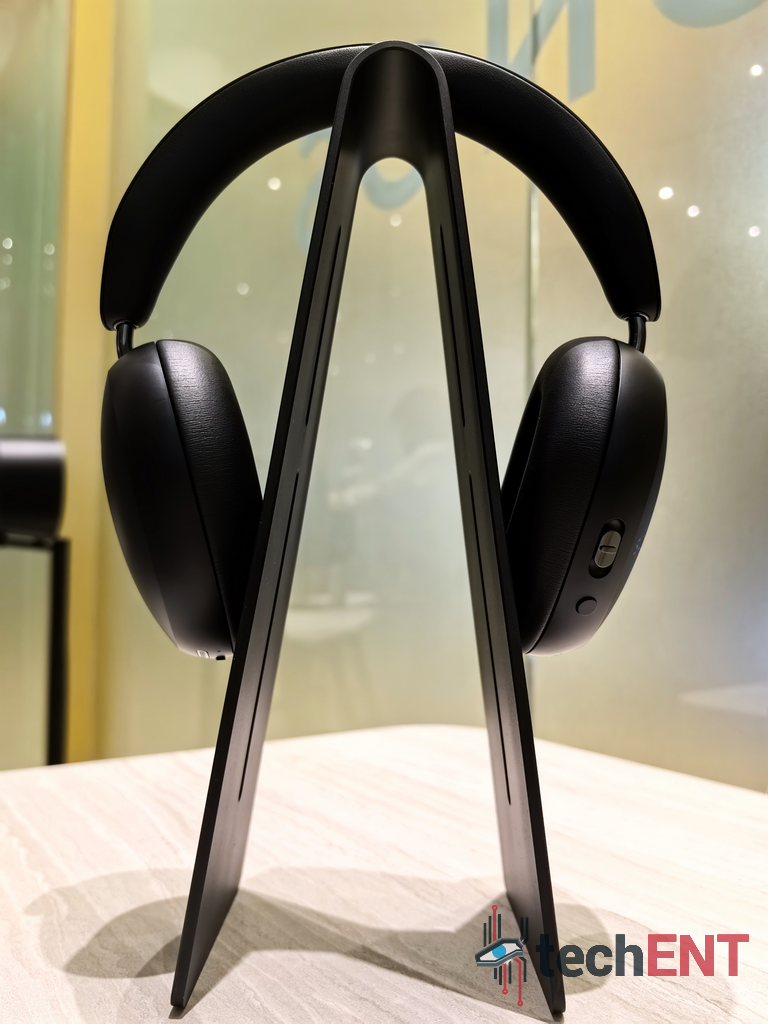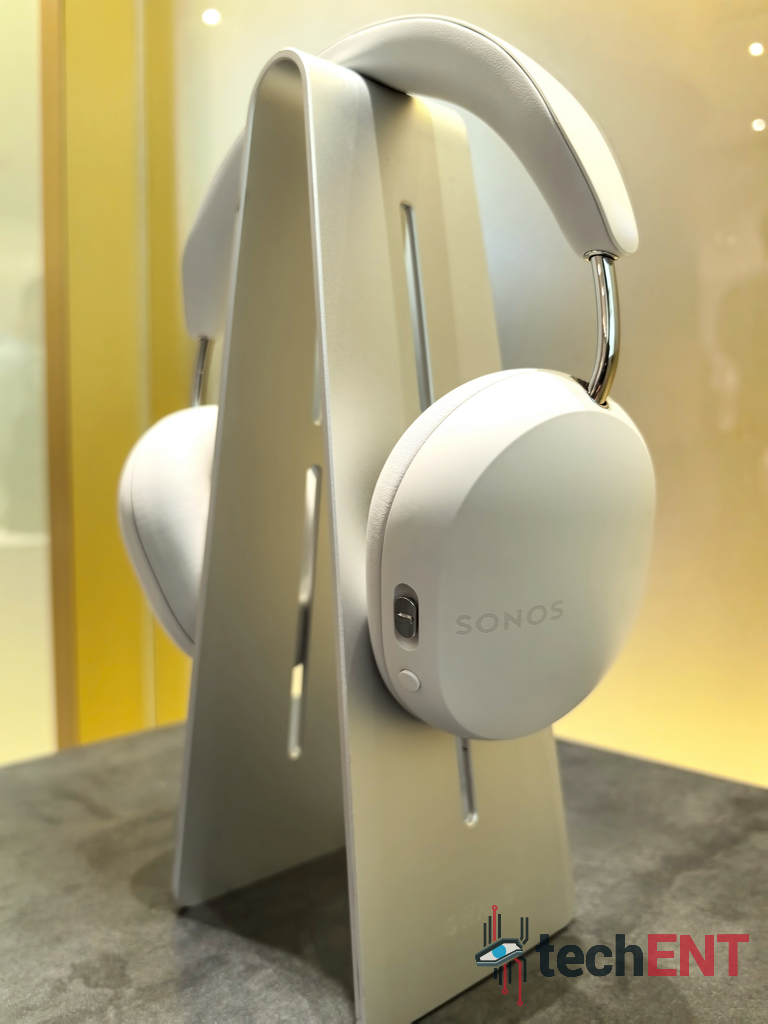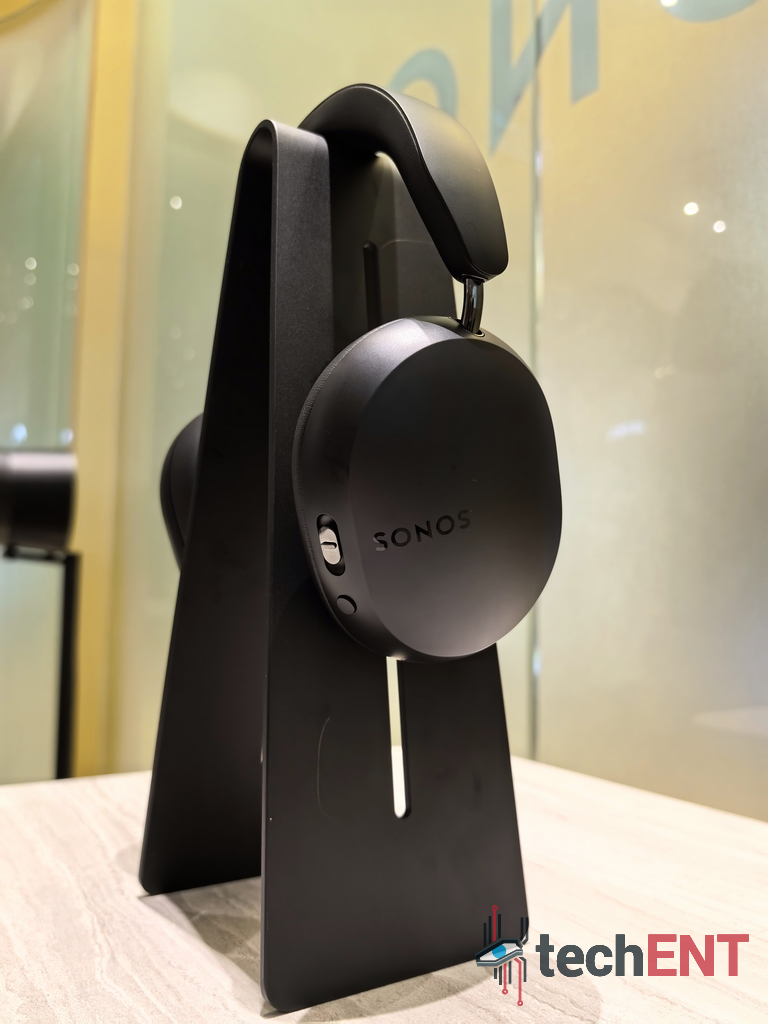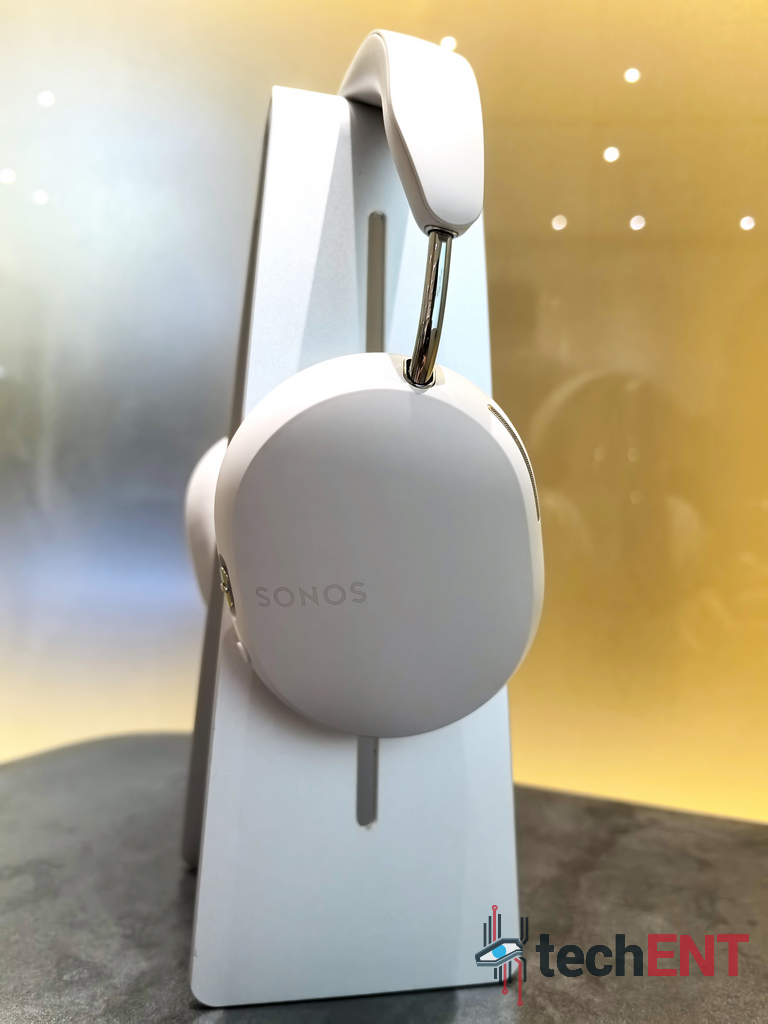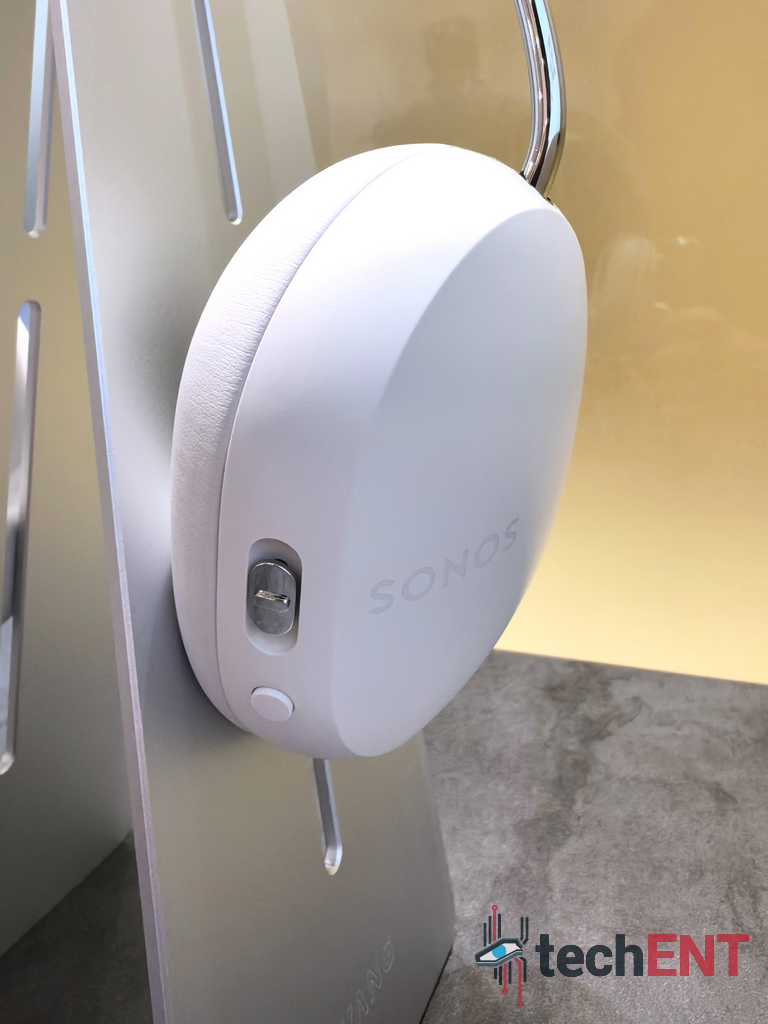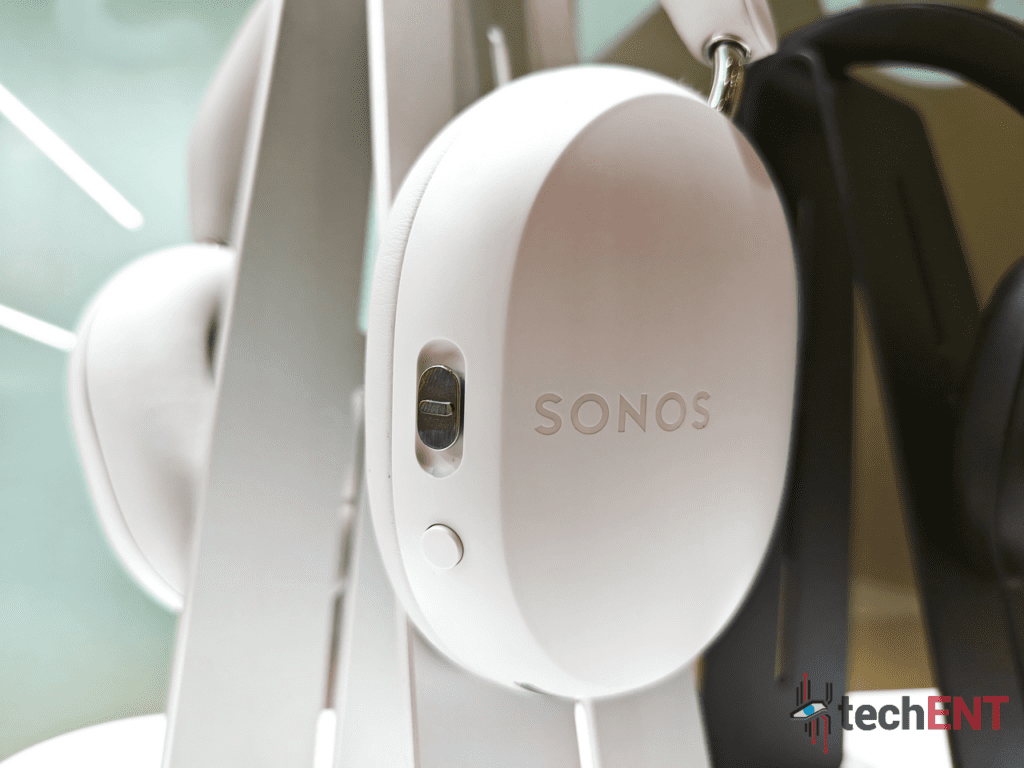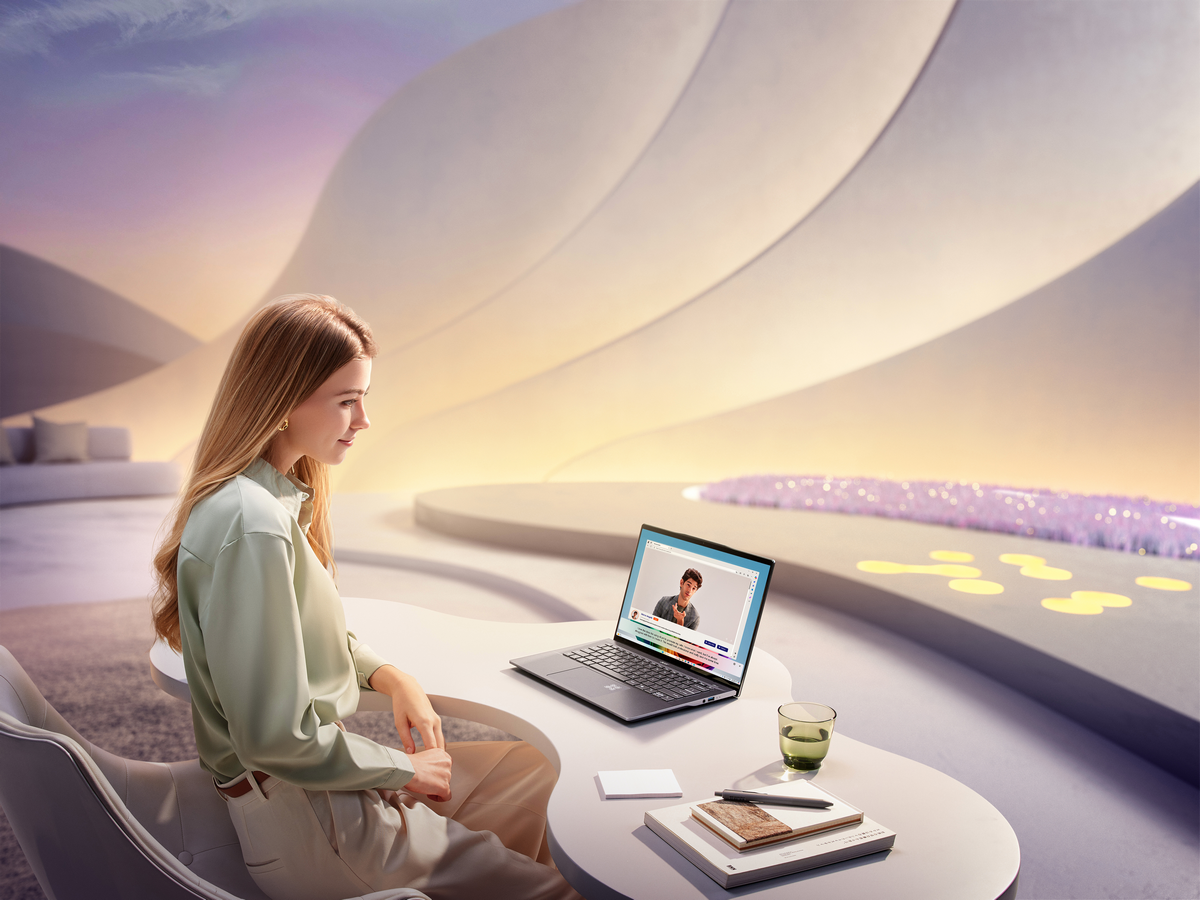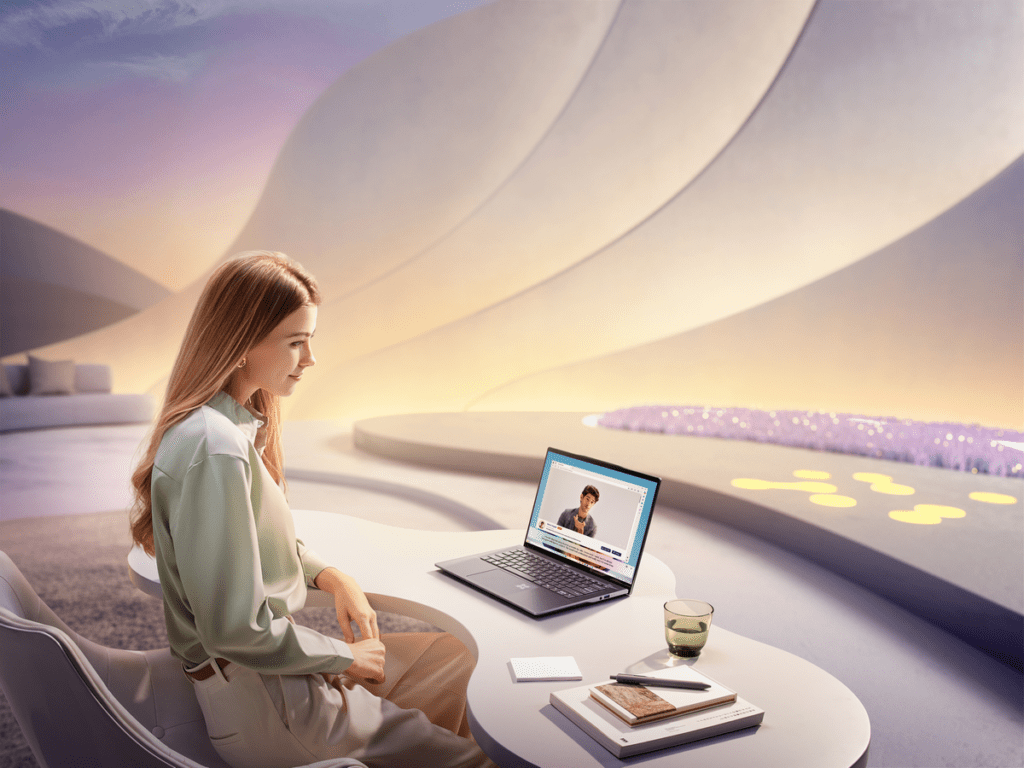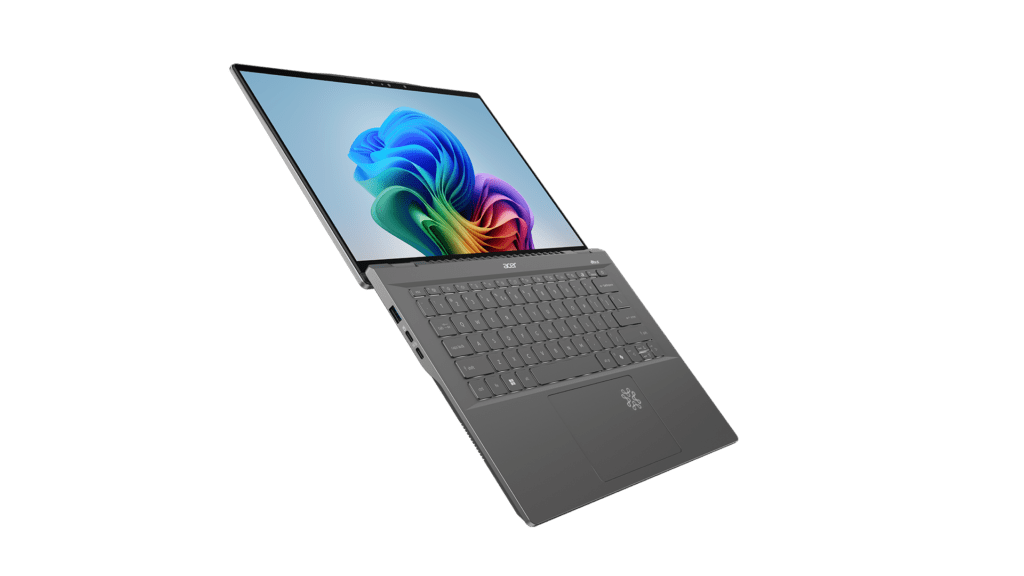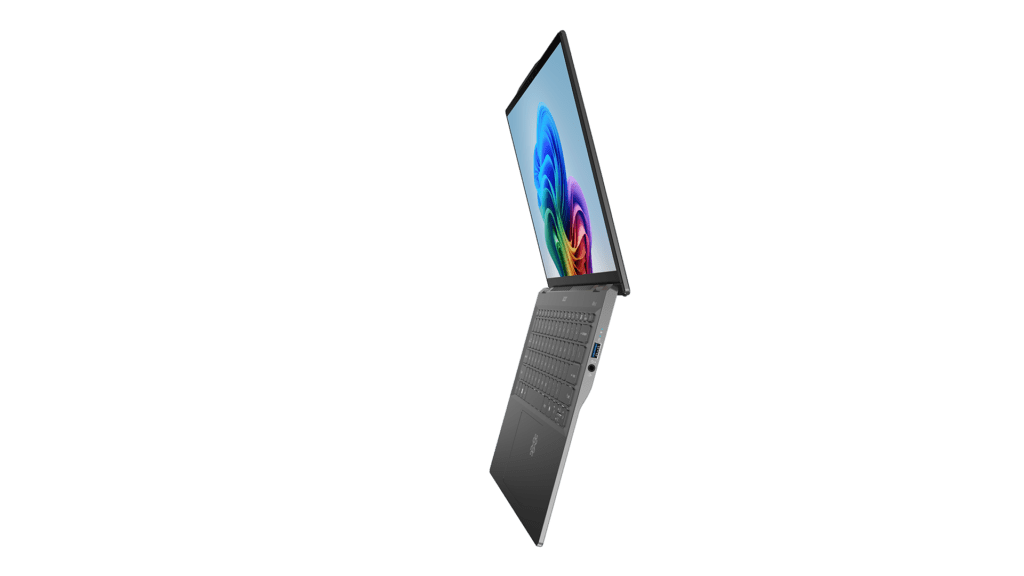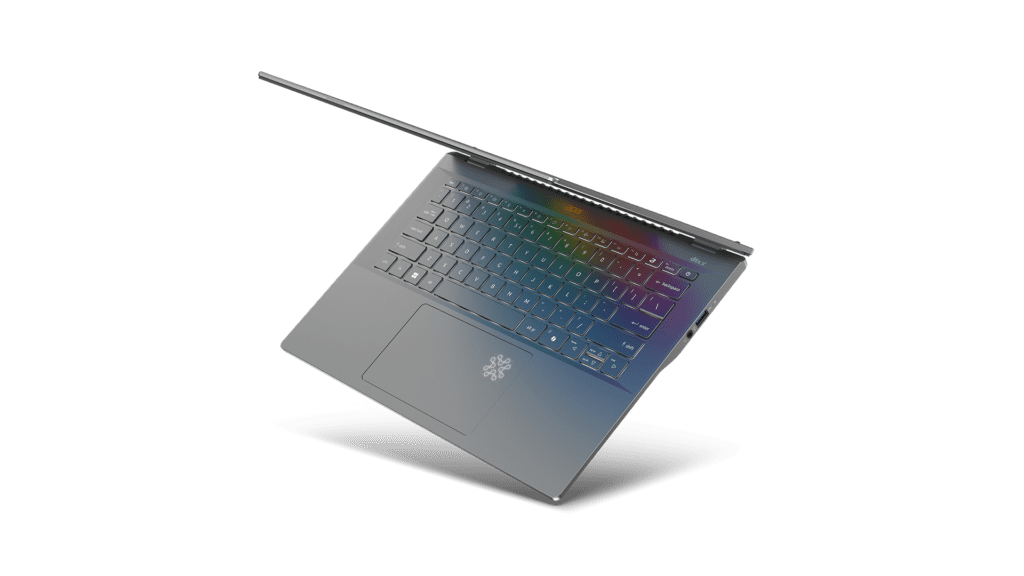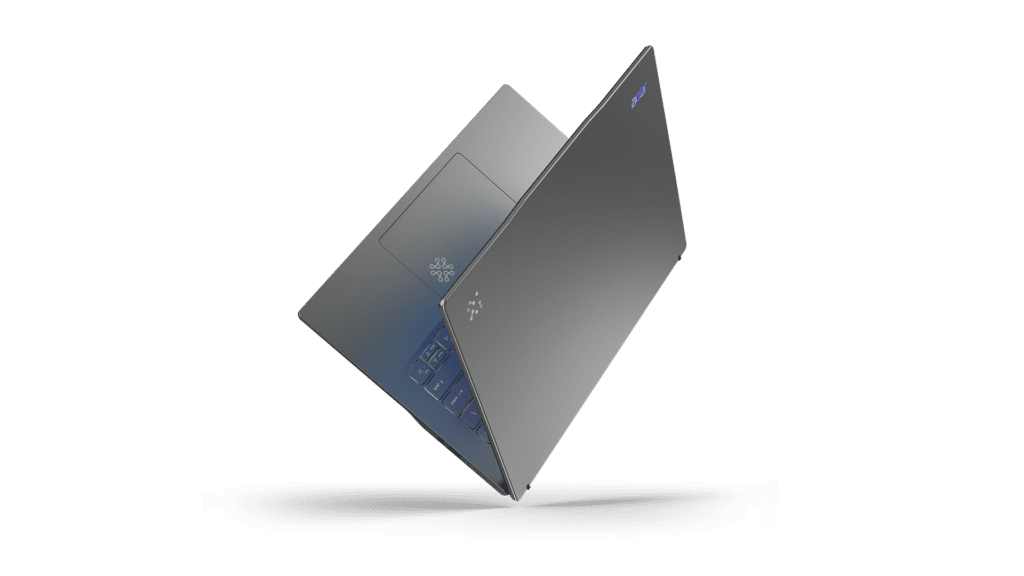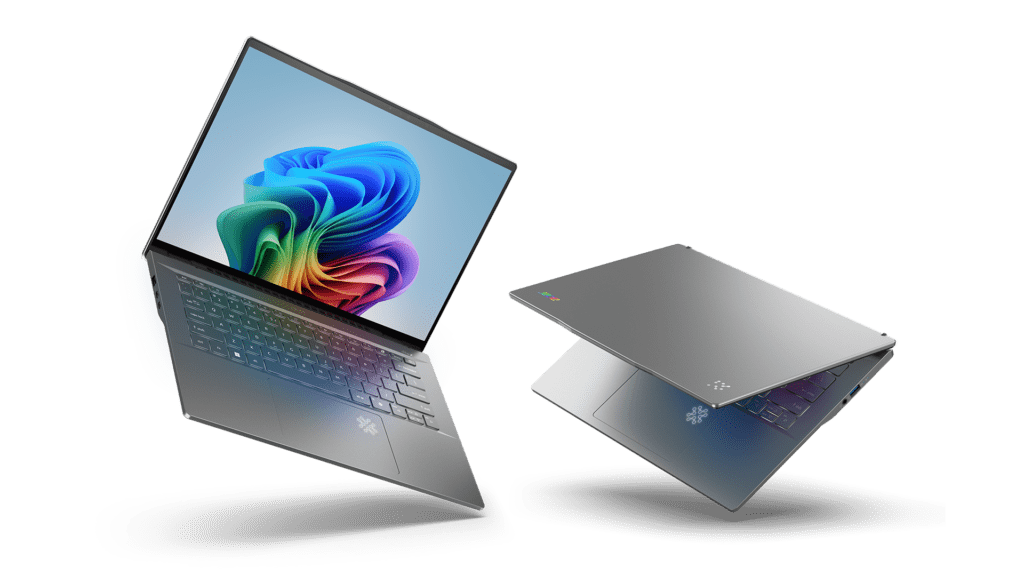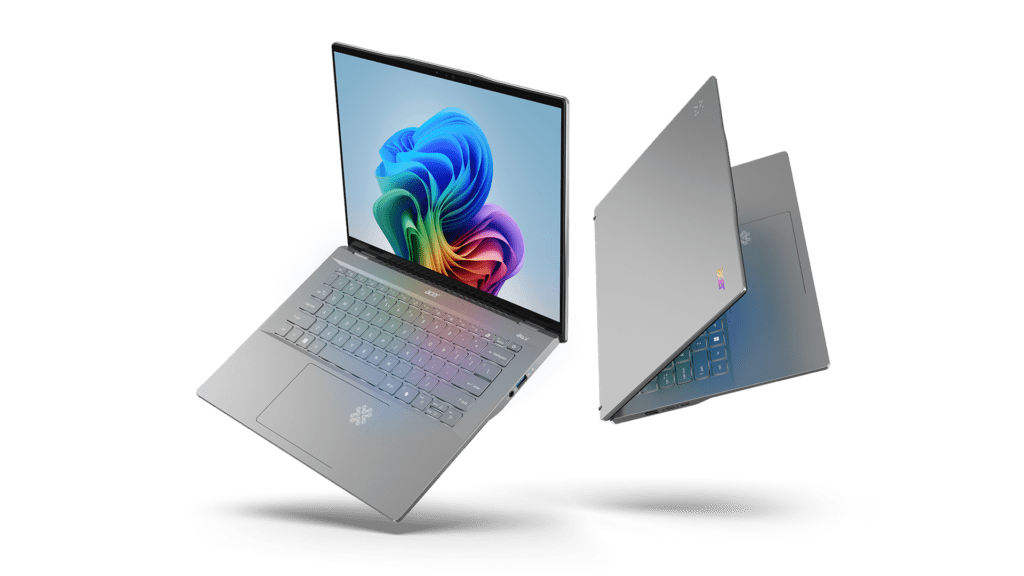The Partnership focuses on driving maximum optimization of both the supply chain and interwoven cold chain to improve sales, profit margins, output, safety, and traceability.
PALO ALTO, Calif., May 21, 2024 /PRNewswire/ — ThroughPut Inc., the industrial AI supply chain Decision Intelligence pioneer, and Inteligistics, the leading digital visibility solutions provider for perishable supply chains, today announced a strategic technology alliance to accelerate profitability for the sales of perishable goods. This area is typically plagued by volatile prices and volumes, poor predictions, limited supply chain visibility, and excessive product spoilage. This leads to high rejection and discount rates, and avoidable lost margins. ThroughPut.AI, in collaboration with Inteligistics, will enable growers, suppliers, carriers, distributors, and retailers to significantly improve the efficiency of their supply and cold chain operations, thus ensuring that all fresh products – ranging from berries and vegetables to fish and meat – is sold profitably on-time and in-full for faster, fresher and safer delivery with full supply chain visibility.
Mutual customers introduced ThroughPut.AI and Inteligistics as complementary partners due to ThroughPut.AI’s patented, Gartner-ranked comprehensive Supply Chain Analytics & Decision Intelligence software, with Inteligistics’ industry-leading expertise in supply chain performance, productivity, and sustainability, where both have yielded high-value outcomes for customers, their consumers, and owner-investors across the globe. The two companies also share a common goal of minimizing waste, shrink, unfilled orders, and lost sales.
“We’re delighted to partner with Inteligistics as we look to expand our capabilities for our clients in the critical Food and Agricultural industry. Food and AG supply chains suffer from siloed legacy point solutions that don’t address today’s supply chain networks’ complexity and volatility. To overcome these modern Food and AG supply chain challenges, already existing but disparate data must be tapped into, stitched together, analyzed, visualized, and optimized with Industrial-grade AI for actionable recommendations and better results,” explained Seth Page, COO and Head of Strategic Partnerships of ThroughPut Inc. “By partnering with Inteligistics, we can provide customers with our unprecedented supply chain visibility, actionability, predictions and recommendations into customers’ cold chain operations as part of their larger end-to-end supply chain networks. This allows customers to leverage data at every step of the way to make the right produce available at the right place, at the right time, to the right customer, at the best price, in the correct quantities, and in the safest traceable manner possible.”
“Our partnership with ThroughPut.AI will empower agricultural producers, and buyers to leverage data for timely, intelligent decision-making, while accelerating margins,” said Rao Mandava, CEO and Chairman at Inteligistics. “Our customers will now have a unified common operating picture for a single source of truth for all their perishable inventory, enabling them to reduce risk, increase safety, and unlock new growth opportunities. The data is also available for our recently unveiled 1-Click FSMA 204 Traceability reporting solutions. All our supply and cold chain solutions work with data from a company’s legacy data platforms, including ERP, WMS and procurement systems, eliminating the major operational disruption associated with platform replacement.”
Joint Capabilities
Bringing together ThroughPut’s patented and award-winning AI-powered Supply Chain Advanced Analytics and Decision Intelligence solution with Inteligistics’ innovative supply and cold chain performance improvement capabilities will empower their customers to drive additional value in many key areas including the following:
- Fill Rate: The joint solution will provide customers with an innovative fill rate model that will enable them to:
- Dynamically allocate products when farm and producer outputs vary, thus ensuring timely demand fulfillment.
- Proactively forecast customer demand, pricing, and volumes, as well as leveraging advanced analytics to balance supply with demand on a real-time basis.
- Tailor fill-rates based on customer segmentation, helping customers to prioritize higher contribution margin product mixes with the best on-time and in-full (OTIF) rates to maximize returns.
- Scheduling: The combined solution will empower suppliers and buyers to optimize loading facility and cross-docking queuing, slotting, scheduling, loading and usage via:
- Data-driven recommendations for ideal order fulfillment time-slots based on customer segmentation, available inventory, and priority-based delivery of in-demand products across the supply chain.
- Ensure necessary labor, docks and slots are available for loading on time to further enhance operational efficiency, greater throughput, higher output, and additional revenue and profit generation.
- Streamline the scheduling process and maximize order fulfillment while minimizing delays, idle time, and site traffic.
- Rejection and Discount Rates: Leveraging data inputs from Inteligistics and ThroughPut.AI will deliver fresh Food & Agriculture specific capabilities, including:
- Actionable insights and recommendations to optimize end-to-end supply chain operations while maintaining traceable product quality and food safety, for a greater bottom-line with enhanced regulatory compliance.
- Minimize rejection factors by analyzing data on product temperatures, sales history, and movements across supply chain networks to predict the likelihood of rejection or discounts, while reducing rejection rates and discounts in shipments that are fully traceable and quantifiable.
- Minimize waste and discounts to consumers by managing the inventory from DCs to stores using predictive shelf life and First Expire/First Out distribution.
PR Contact
Tina Jacobs
pr@throughput.ai
About ThroughPut:
ThroughPut.AI is a Silicon Valley-based Supply Chain AI leader that puts Industrial material flows on Autopilot by leveraging existing Enterprise Data to achieve superior Business, Operations, Financial and Sustainability Results. ThroughPut.AI’s patented, Gartner-recognized AI-powered Supply Chain Analytics and Decision Intelligence software platform predicts Demand, reorients Production Capacity, reassigns Warehouse Space, and reorders Materials optimally, so businesses minimize overpromising and under-delivering, and maximize for their desired outcomes. As a rapid diagnostic platform, ThroughPut.AI both improves material flow and free-cash-flow across the entire end-to-end value chain far faster than leading contemporary and legacy solutions could ever imagine. The founding team is led by seasoned serial entrepreneurs with real-world AI, Supply Chain, Manufacturing, Transportation and Operations experience, from the shopfloor to the top-floor, at leading Fortune 500 Industrial Companies & pioneering Enterprise Technology companies that have impacted the world.
To learn more about ThroughPut Inc, visit our website today.
Additional Resources:
About Inteligistics:
Inteligistics is uniquely placed in perishables industries using Silicon Valley technology and process improvements to bring digital transformation, turn Big Data into clear actions through AI/ML, and deliver high value improvements to supply chain and cold chain performance for perishable commodities. The resulting increase in productivity and reduction in critical cut-to-cool times, resources help meet sustainability goals. Using IoT, off-the-shelf wireless hardware, and proprietary cloud-based applications, Inteligistics develops custom solutions and provides an end-to-end integrated supply chain platform and standalone applications that improve quality, throughput, increase profits and deliver high ROI on the critical process of moving product from field to consumer. Visit inteligistics.com and linkedin.com/company/inteligistics.
Source: ThroughPut Inc.


